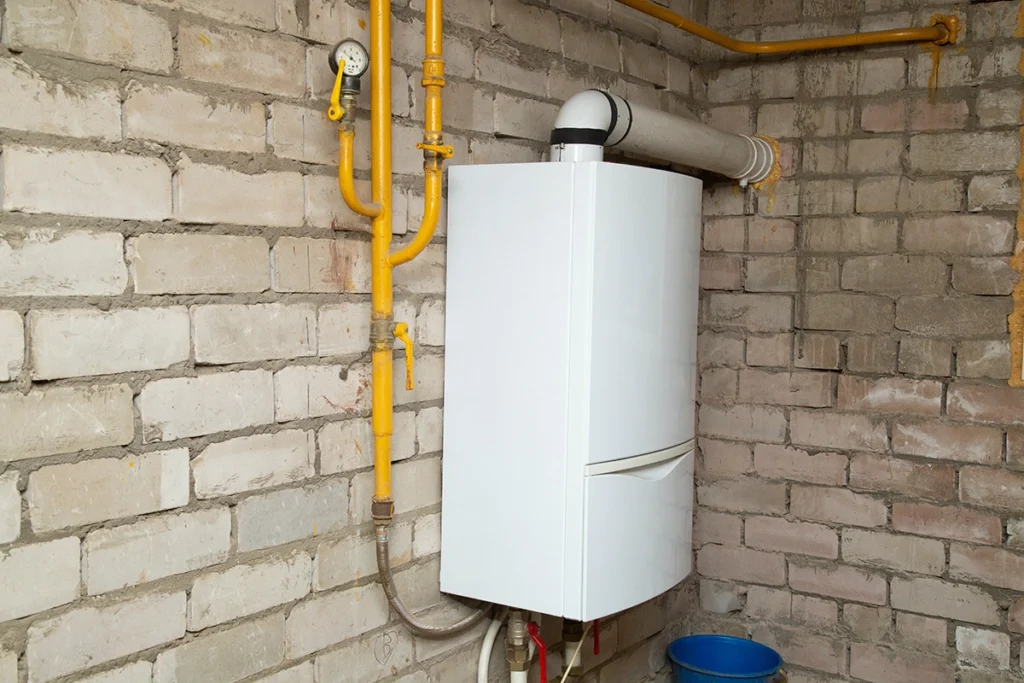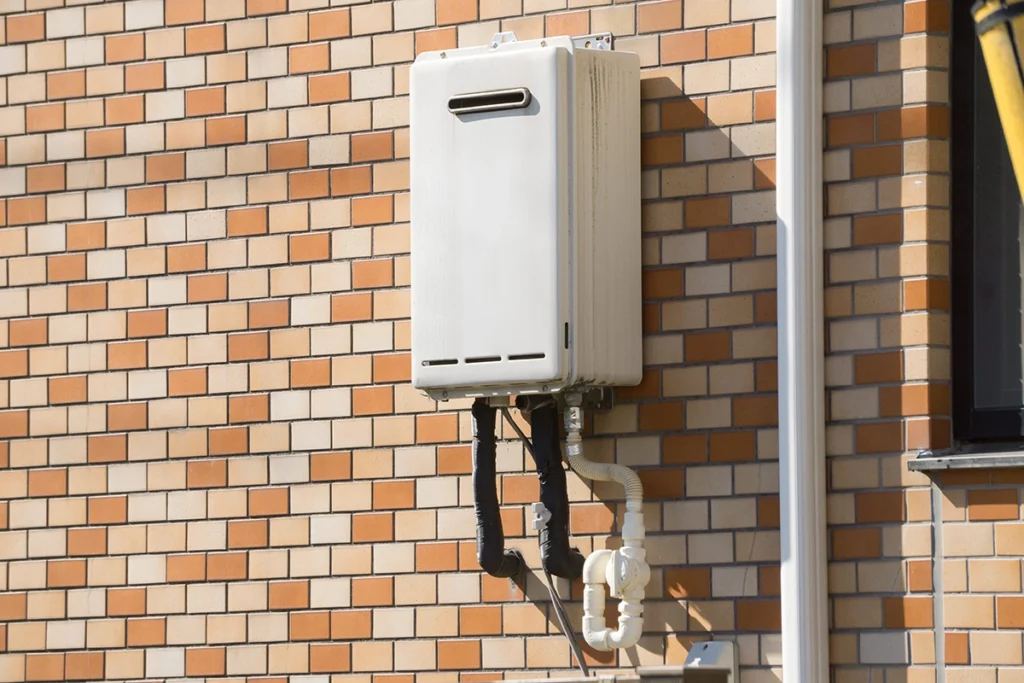If your water heater suddenly stops delivering hot water, one of the first things to check is the heating element. Knowing how to test a water heater element can help you determine whether the problem is a simple part failure or something more serious. At Efficiency Plumbing, Heating & Air in Hanover, MA, we help homeowners quickly identify and fix water heater issues so they can get back to warm showers and efficient performance.
Why Testing a Water Heater Element Matters
Your water heater relies on one or two heating elements to warm the water inside the tank. When one fails, you might notice lukewarm water, inconsistent temperatures, or no hot water at all. Testing the element helps confirm whether it’s faulty before you replace it or call a professional.
Learning how to test a water heater element can also prevent unnecessary repairs. Sometimes, the issue isn’t the element itself—it could be a bad thermostat, tripped breaker, or loose wiring.
Safety First: Power Off Before You Begin
Before testing, always turn off power to the water heater at the circuit breaker. Never test or touch electrical components on a live unit. Use a non-contact voltage tester to verify that power is completely off.
If you have a gas water heater, this guide won’t apply—gas models use burners, not electric elements.
Tools You’ll Need to Test the Water Heater Element
To properly check your water heater, gather these tools:
- Multimeter (digital or analog)
- Screwdriver
- Voltage tester
- Safety gloves
- Towels (in case of minor leaks)
Having the right tools ensures you can safely and accurately complete the test.
Step 1: Access the Heating Element
To start the process of how to test a water heater element, locate the access panel(s) on the side of your water heater. Most electric units have one near the top and one near the bottom.
- Remove the screws holding the panel in place.
- Peel back the insulation and remove the plastic safety cover.
- You should now see the element terminals and thermostat.
Make sure the water heater is still off before touching any components.
Step 2: Disconnect the Wires from the Element
Carefully loosen the two screws holding the wires on the heating element terminals. Pull the wires away gently and set them aside. This isolates the element from the rest of the electrical system, giving you an accurate test reading.
Step 3: How to Test Water Heater Element with a Multimeter
Now it’s time to test. Set your multimeter to the lowest resistance setting, usually marked as “Ω” (ohms).
- Touch one probe to each terminal on the heating element.
- Read the resistance value on the display.
A functioning water heater element typically measures between 10 and 30 ohms, depending on its wattage.
If your multimeter shows no movement (infinite resistance), the element is burned out and must be replaced. If it reads 0 ohms, the element has shorted and is unsafe to use.
Step 4: Test for a Short to the Tank
Next, check whether the element has shorted to the metal tank—another key part of knowing how to test a water heater element properly.
- Touch one probe to a terminal and the other to the metal tank.
- Repeat for both terminals.
If the meter shows any reading other than infinite resistance, the element is shorted and needs replacement.
Step 5: Reassemble and Restore Power
Once you’ve completed your tests, reattach the wires, replace the safety cover, insulation, and access panel. Then turn the breaker back on.
If you replaced a bad element, allow at least 30–45 minutes for the tank to heat up fully before testing your hot water.
Common Signs You Need to Replace a Heating Element
Even without testing, there are clear signs you might need to check your water heater element:
- Hot water runs out much faster than usual
- Only lukewarm water, even after long heating times
- Water heater trips the breaker
- Popping or hissing sounds from the tank
- No hot water at all
If any of these sound familiar, it’s time to follow these steps or call a professional.
Why Call a Professional Instead of DIY?
While learning how to test a water heater element is useful for basic troubleshooting, many homeowners prefer leaving the repair to licensed technicians. Water heaters combine electricity and water—two elements that can be risky when handled incorrectly.
At Efficiency Plumbing, Heating & Air, our team in Hanover, MA is trained to diagnose and repair all types of water heater problems safely. From faulty elements and thermostats to full system replacements, we make sure your water heater runs efficiently and reliably.
Final Thoughts on How to Test a Water Heater Element
Testing a water heater element doesn’t have to be complicated, but it must be done carefully. By turning off power, using a multimeter, and following each step closely, you can determine whether your element is still functional or needs replacement.
If you’re uncomfortable working with electrical components—or if your test confirms a bad element—call Efficiency Plumbing, Heating & Air. We provide trusted water heater repair and replacement services throughout Hanover, MA, helping you restore comfort and energy efficiency fast.





